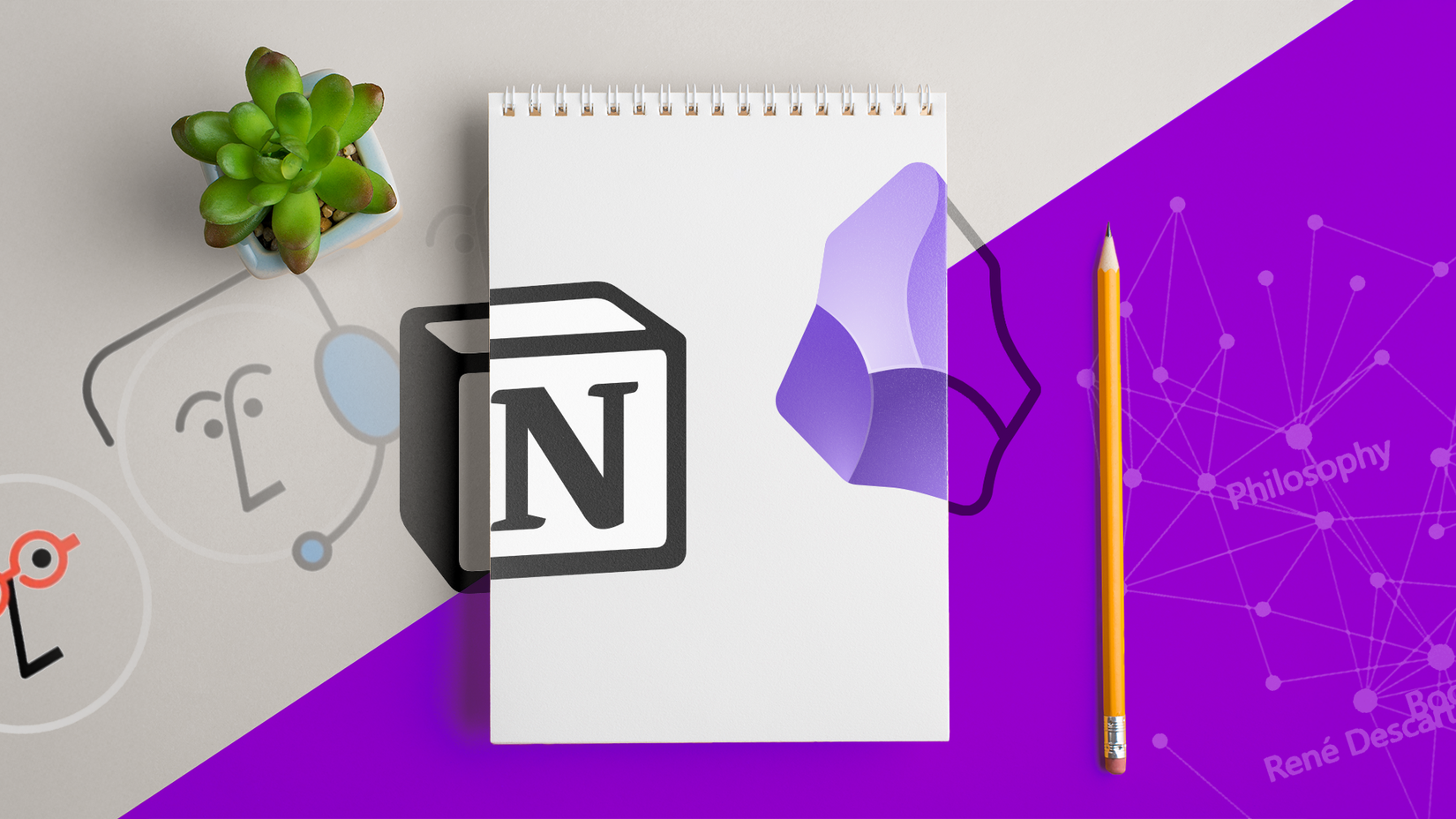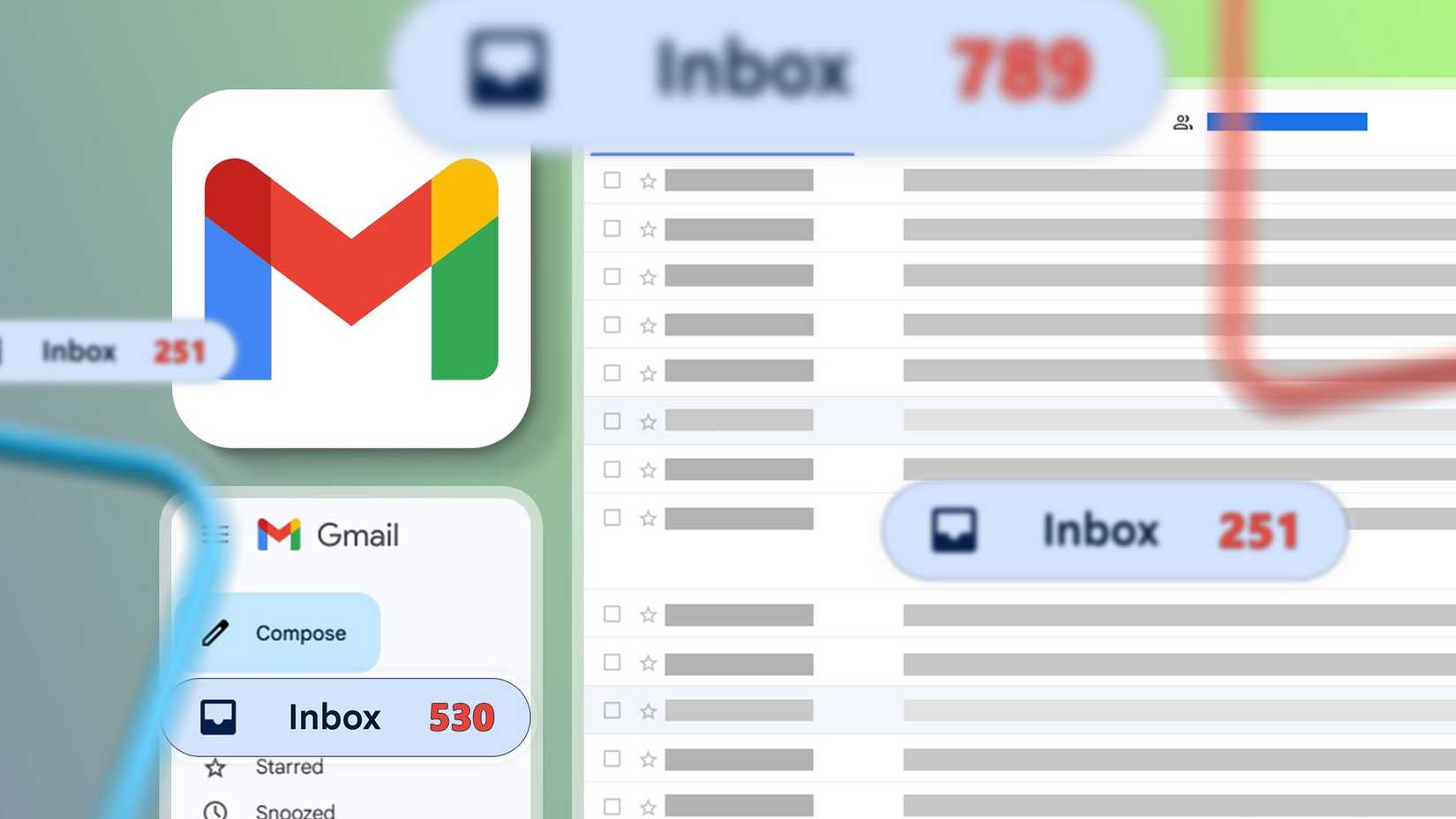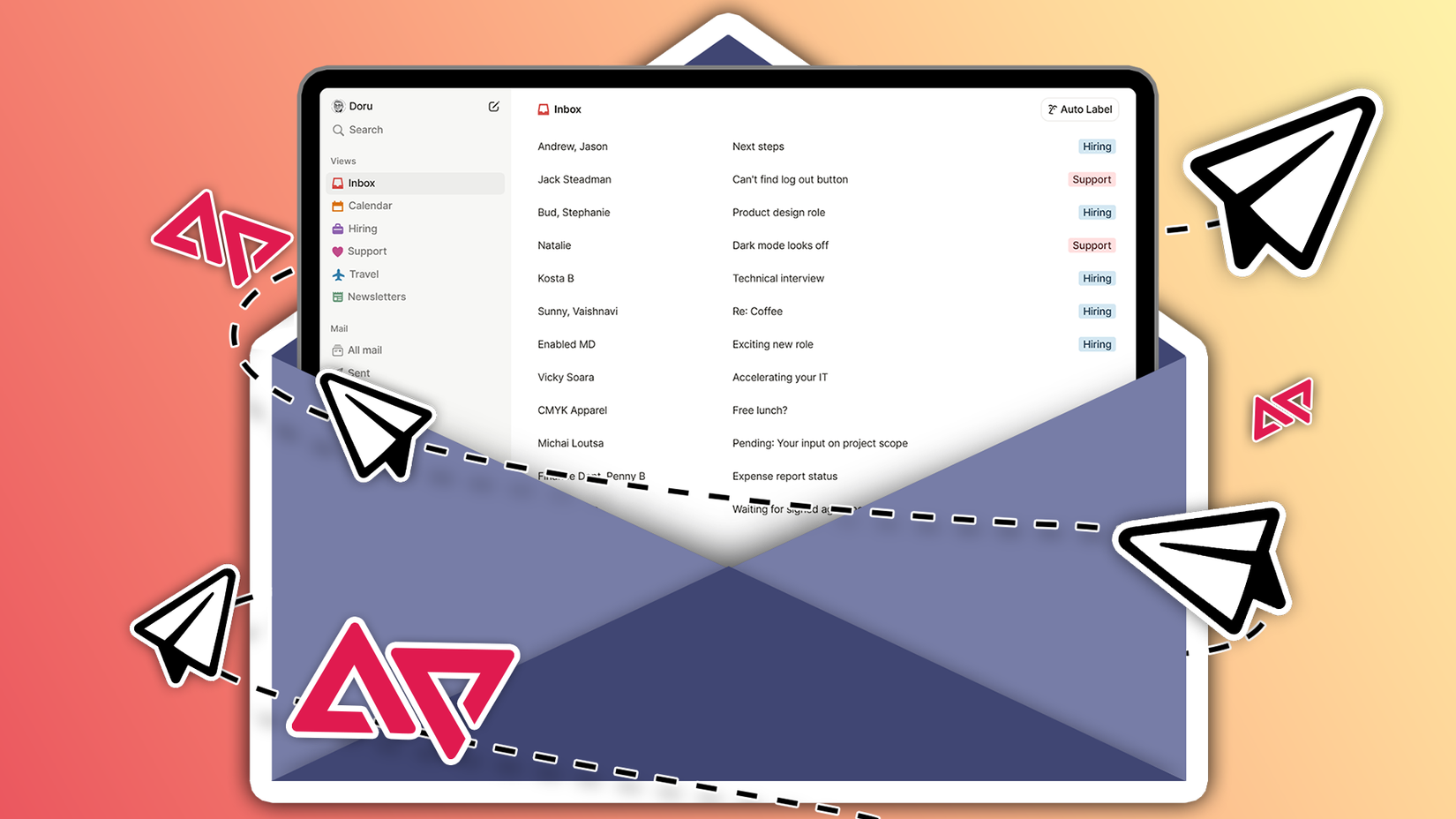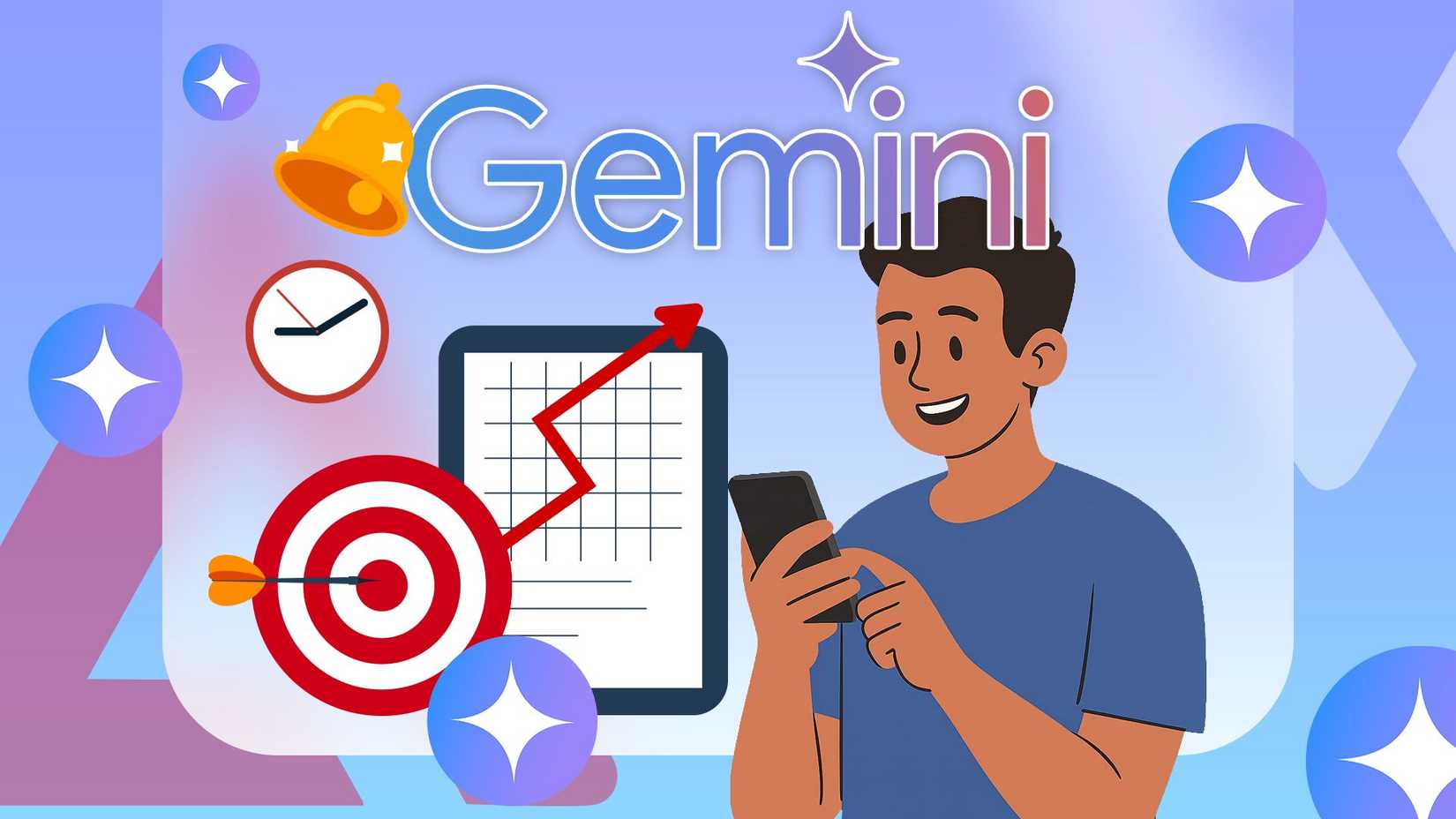I created my first serious email address on Gmail in college. It handled every job application, apartment lease, and flight confirmation.
It is the hub of my digital identity. Switching Gmail to another provider isn’t like leaving Chrome for a new browser.
A challenger would have to do more than be better. It would have to be revolutionary.
Notion Mail promises to integrate email into the workspace rather than treating it as a separate stream. As a long-time Gmail loyalist, I decided to test the claim.
I have been using Notion Mail for the past few weeks. Is this vision convincing enough to justify the cost of switching? Here is what I found.
Notion Mail makes your inbox the starting point of work
For years, email productivity centered on Inbox Zero. The goal of Notion Mail is not Inbox Zero. It is Inbox Organized.
Notion Mail’s philosophy argues against the constant, unstructured communication that email has become. Rather than speeding up archiving or deletion, Notion Mail aims to change how you work with your inbox.
Emails are not filed into folders. Instead, they become Notion database entries that you can tag with properties such as Priority. You can group them into dynamic dashboards and link them to project briefs and meeting notes.
This reframes the purpose of email. It is no longer only where conversations happen but where work begins.
A closer look at workflow differences with Gmail
The real test of a productivity tool is how it handles a workday. Notion Mail gave me a unified workflow. Last week, I received client feedback.
In my Gmail workflow, I would have read the email, opened my project management app, manually created a new task, copied and pasted the feedback, set a deadline, and archived the email.
The process was fluid and unbroken in Notion Mail. I opened the email thread, brought up the command bar, and typed “@” to link the conversation to my Client Projects page in Notion.
I then highlighted the feedback points within the email body and added them as new to-do items in my task database. All of these happened without leaving the app.
Gmail, however, counters with the convenience of Google Workspace. It’s a walled garden, but it haseverything you need inside.
When faced with a similar task, the workflow is just as impressive but different. Consider an email asking to schedule a team meeting to review a document.
Gmail’s AI recognizes intent. With one click, Gmail suggests a Google Calendar event pre-filled with the recipients. In my reply, I click the Drive icon and attach the relevant Google Doc file.
Beyond Google apps, Gmail also supports an extensive marketplace of third-party tools. By comparison, Notion Mail is a closed system.
Different philosophies on organizing your inbox
I’ve been a meticulous Gmail organizer. I route incoming messages using nested labels, color codes, and automated filters.
Gmail’s power is its search. With a few search operators, I can find a decade-old email. This powerful, text-based retrieval system has never failed me.
Notion Mail doesn’t try to outdo Gmail in search. Instead, it changes the approach. Its core concept is Views. They are the saved, filtered, and grouped versions of your inbox.
Instead of one endless list I filter, I now have multiple purpose-built inboxes. For example, I have another view called Invoices, which groups emails containing invoices or payments by sender.
Gmail can achieve something similar with rules, labels, and tabs, but the setup is more manual, less intuitive, and not nearly as polished as Notion’s experience.
Minimalism in Notion Mail versus Gmail’s density
The two apps look and feel very different. Opening Notion Mail feels like opening Notion. The interface is minimalist, with generous white space and a focus on typography.
It is a clear upgrade over Gmail’s basic formatting tools. If you already think in Notion blocks, the learning curve is minimal. Others may need time to adjust to the command system.
Gmail’s interface is dense and cluttered with sidebars, tabs, chat windows, and icons, which I personally don’t like.
At the same time, Gmail’s dominance across platforms is something you can’t dismiss.
It works reliably on the web and offers mature and stable apps for both iOS and Android.
Notion Mail’s availability is more limited. It is available on the web, macOS, and iOS. Android support is still pending.
Comparing Gemini and Notion AI in daily use
Gemini powers Google’s Workspace and acts as a generalist assistant. Smart Reply offers one-click responses, and Smart Compose finishes sentences.
Gemini can summarize a long email thread into bullet points or draft an outreach email from a prompt. It uses world knowledge and conversation context to help you process information and communicate faster.
Notion AI’s advantage is different. Its key feature is awareness of your entire workspace. The AI pulls specific, up-to-date details from your Notion page to compose responses, but you have to guide it a bit.
Notion’s Auto-Label also lets you create sorting rules in natural language. This is better than Gmail’s static “Promotions” and “Social” tabs and simplifies inbox automation.
Ultimately, Gmail’s quick summaries are valuable for high-volume triage.
Notion AI’s potential to connect your inbox to your knowledge base is an advantage for context-rich work.
After using both, am I ready to leave Gmail? The answer is complicated. The choice isn’t about which is objectively better. It depends on what you think email is for.
Notion Mail will feel like home if you’re a dedicated Notion system builder and want to turn chaotic threads into tasks and knowledge.
Gmail is still the better choice if you’re a power user or collaborator who relies on fast search across a large archive or depends on extensions like CRMs and project managers.
Source link







